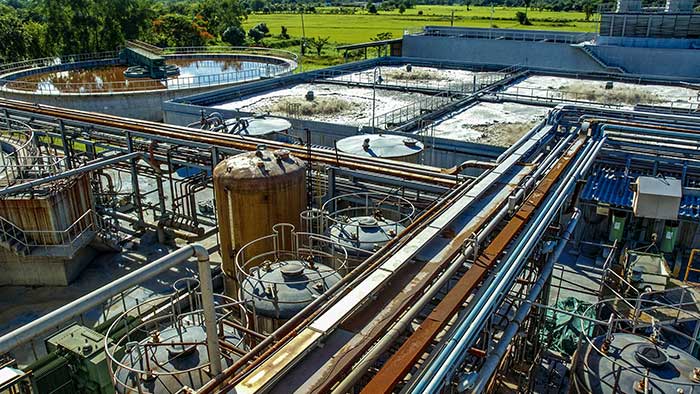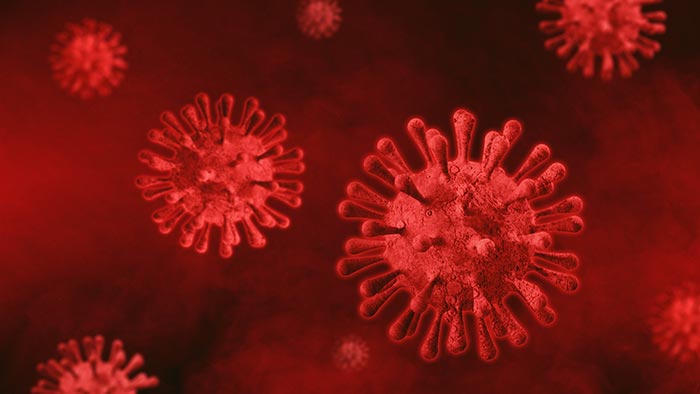Wastewater surveillance to provide early warning of COVID-19 outbreaks
Victoria is launching a monitoring system to track the movement of COVID-19 in the state’s population by identifying the presence of the coronavirus in the sewerage system.
Speaking at the University of Melbourne’s May Water Security Series, microbiologist Dr Dan Deere from Water Futures said the launch of the sewage monitoring system was imminent. He and fellow panellists Dr Nick Crosbie from Melbourne Water and Dr Linda Blackall, Professor of Environmental Microbiology at the University of Melbourne, discussed the feasibility and challenges involved in the COVID-19 tracking initiative.

The ability to rapidly detect COVID-19 is critical to national efforts to control the disease. But this is particularly difficult to do when people infected with the virus can transmit it before they develop symptoms or who may remain asymptomatic. The virus, however, does have an Achilles heel: it sheds from its human hosts in wastewater and sewage. That means the sewerage network can potentially be used to detect the prevalence of the virus across the entire community, including from asymptomatic carriers.
Victoria is leading the way in this approach to virus tracking and the initiative will inform a national surveillance strategy
Dr Deere said a consortium of health, water utility and research organisations, coordinated by Water Research Australia, is working to establish the monitoring system. Victoria is leading the way in this approach to virus tracking and the initiative will inform a national surveillance strategy.
Dr Crosbie said the COVID-19 wastewater testing is an extension of sampling that has been underway for many years for other pathogens. For example, it is how Australia maintains its ‘polio-free’ certification from the World Health Organization. Other pathogens currently monitored include adenovirus and norovirus.

“We are sampling at over 12 sites in the metropolitan area and a similar number of waste treatment plants, mostly within 200 kilometres of Melbourne”
Wastewater sampling to test for the SARS-CoV-2 virus, which causes COVID-19, has been underway in Victoria since 1 April. “We are sampling at over 12 sites in the metropolitan area and a similar number of waste treatment plants, mostly within 200 kilometres of Melbourne,” Dr Deere said. However, social distancing restrictions had delayed processing of the samples. This work is expected to resume as restrictions are eased, with the research team in the final stages of optimising experimental methods.
Most of the procedures are in place, but there are specific idiosyncrasies that are relevant to this particular virus that will need to be ironed out
Concentration required
The three panellists agreed the fledgling monitoring system faces one major constraint. Success hinges on the ability to filter and concentrate the minute amounts of the virus present in wastewater.

Success hinges on the ability to filter and concentrate the minute amounts of the virus present in wastewater
Professor Blackall stressed that the methods being developed to concentrate the virus must be tailored to the physical properties of the SARS-Cov-2 virus and its lipoprotein outer layer or envelope. They must also eliminate compounds present in the wastewater that can inhibit identification of the virus. Once concentrated, the method being developed uses standard clinical techniques that involve amplifying and detecting fragments of viral genetic material. “Most of the procedures are in place, but there are specific idiosyncrasies that are relevant to this particular virus that will need to be ironed out,” Professor Blackall said. While the challenges are not trivial, the panellists are cautiously optimistic that the research underway can solve them. Once the concentration methods are validated, the detection system would then be up and running.
Primed for action
Dan Deere explains that the ‘front end’ of the surveillance system is already in place. It draws on the existing highly detailed understanding of Victoria’s sewerage systems. Testing across a broad population base can be undertaken with sampling near the entry to wastewater treatment plants. More localised testing can be done at an individual suburb level or sites within a suburb. At the ‘back end’ is the COVID-19 detection test, which is nearing finalisation. Panellists said the concern here is to ensure that the wastewater monitoring, in parallel with patient testing for COVID-19, does not strain the state’s clinical testing capacity.
To ensure the accuracy of the monitoring system, the panellists discussed plans to use samples from regional areas that have had no recorded COVID-19 cases as negative controls for the system. Attenuated (or killed) virus diluted in wastewater will provide a positive control sample.
Once the surveillance system is operational, the aim is to detect hidden cases before new outbreaks can occur. It would also allow for a more accurate universal estimate of virus prevalence in the community.
Responding to the changing nature of water-energy nexus in urban water supply systems will be the topic of the next webinar in the Water Security Series on Wednesday 17 June from 12pm to 1pm. Register via Eventbrite
Related topics